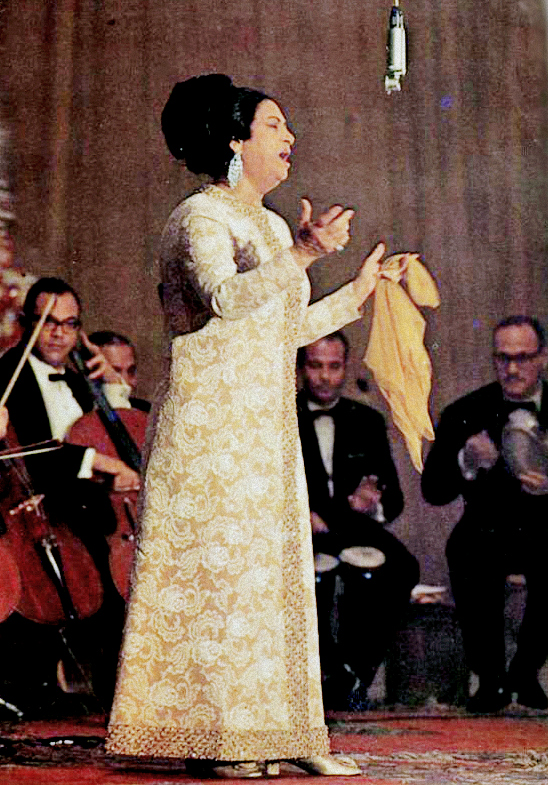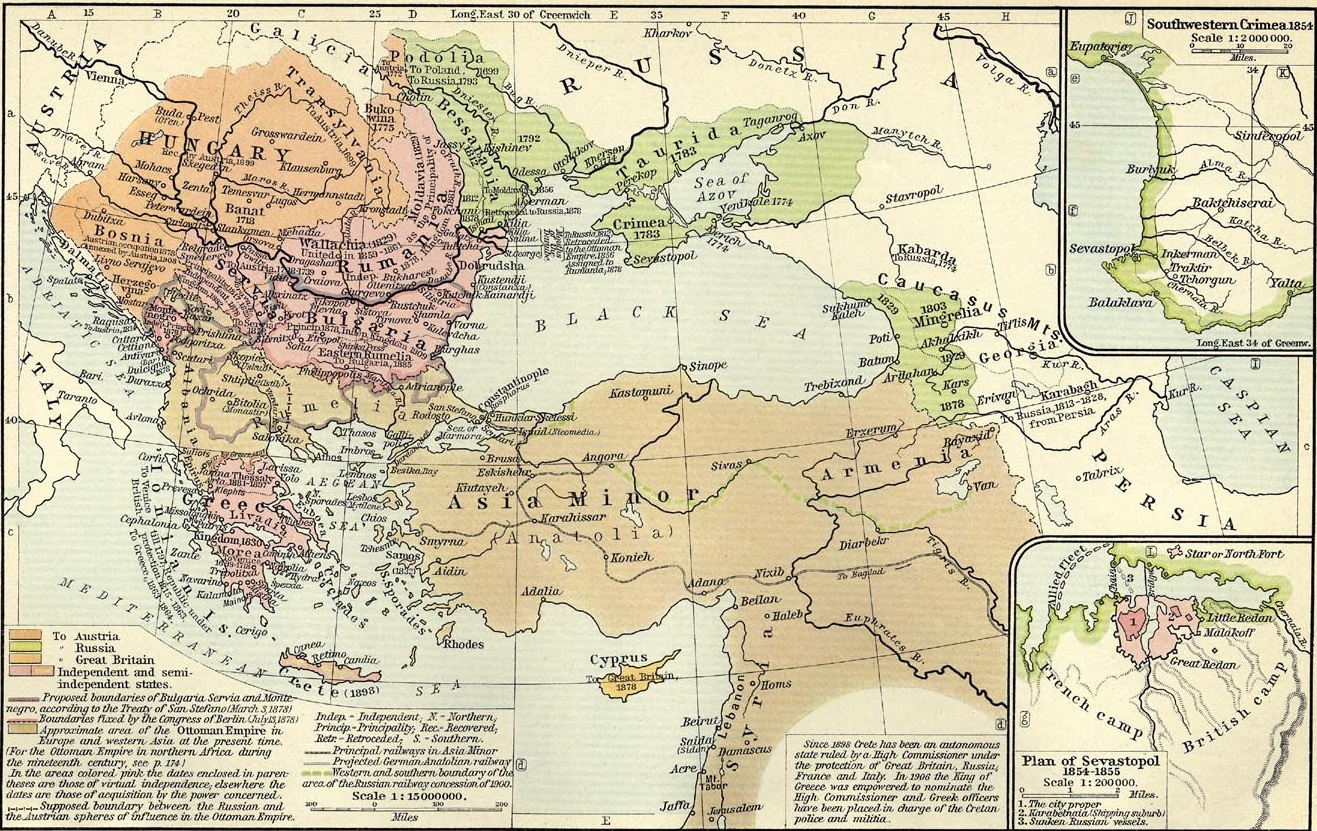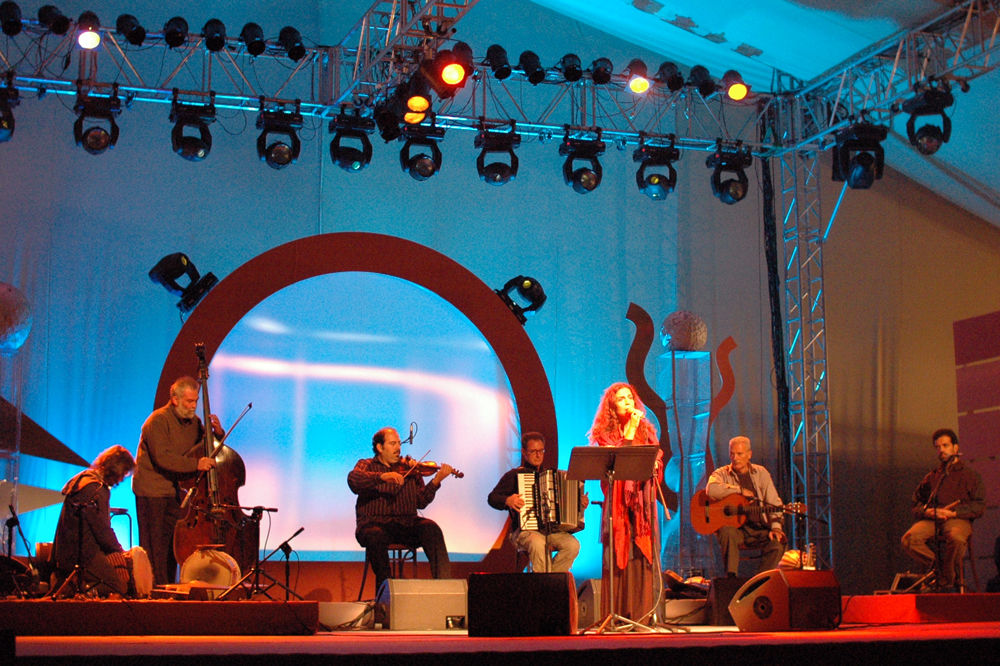|
Ottoman Classical Music
Ottoman music () or Turkish classical music (, or more recently ) is the tradition of Art music, classical music originating in the Ottoman Empire. Developed in the palace, major Ottoman cities, and Sufi lodges, it traditionally features a solo singer with a small to medium-sized instrumental ensemble. A tradition of music that reached its Golden Age, golden age around the early 18th century, Ottoman music traces its roots back to the music of the Hellenic Culture, Hellenic and Persianate society, Persianate world, a distinctive feature of which is the usage of a modal melodic system. This system, alternatively called ''Turkish makam, makam'', ''dastgah'' or ''echos'', is a large and varied system of melodic material, defining both scales and melodic contour. In Ottoman music alone, List of makams, more than 600 makams have been used so far, and out of these, at least 120 makams are in common use and formally defined. Rhythmically, Ottoman music uses the ''zaman'' and ''usûl'' ... [...More Info...] [...Related Items...] OR: [Wikipedia] [Google] [Baidu] |
Classical Music
Classical music generally refers to the art music of the Western world, considered to be #Relationship to other music traditions, distinct from Western folk music or popular music traditions. It is sometimes distinguished as Western classical music, as the term "classical music" can also be applied to List of classical and art music traditions, non-Western art musics. Classical music is often characterized by formality and complexity in its musical form and Harmony, harmonic organization, particularly with the use of polyphony. Since at least the ninth century, it has been primarily a written tradition, spawning a sophisticated music notation, notational system, as well as accompanying literature in music analysis, analytical, music criticism, critical, Music history, historiographical, musicology, musicological and Philosophy of music, philosophical practices. A foundational component of Western culture, classical music is frequently seen from the perspective of individual or com ... [...More Info...] [...Related Items...] OR: [Wikipedia] [Google] [Baidu] |
Greeks
Greeks or Hellenes (; , ) are an ethnic group and nation native to Greece, Greek Cypriots, Cyprus, Greeks in Albania, southern Albania, Greeks in Turkey#History, Anatolia, parts of Greeks in Italy, Italy and Egyptian Greeks, Egypt, and to a lesser extent, other countries surrounding the Eastern Mediterranean and Black Sea. They also form a significant Greek diaspora, diaspora (), with many Greek communities established around the world.. Greek colonies and communities have been historically established on the shores of the Mediterranean Sea and Black Sea, but the Greek people themselves have always been centered on the Aegean Sea, Aegean and Ionian Sea, Ionian seas, where the Greek language has been spoken since the Bronze Age.. Until the early 20th century, Greeks were distributed between the Greek peninsula, the western coast of Asia Minor, the Black Sea coast, Cappadocia in central Anatolia, Egypt, the Balkans, Cyprus, and Constantinople. Many of these regions coincided to ... [...More Info...] [...Related Items...] OR: [Wikipedia] [Google] [Baidu] |
Diglossia
In linguistics, diglossia ( , ) is where two dialects or languages are used (in fairly strict compartmentalization) by a single language community. In addition to the community's everyday or vernacular language variety (labeled "L" or "low" variety), a second, highly codified lect (labeled "H" or "high") is used in certain situations such as literature, formal education, or other specific settings, but not used normally for ordinary conversation. The H variety may have no native speakers within the community. In cases of three dialects, the term triglossia is used. When referring to two writing systems coexisting for a single language, the term digraphia is used. The high variety may be an older stage of the same language (as in medieval Europe, where Latin (H) remained in formal use even as colloquial speech (L) diverged), an unrelated language, or a distinct yet closely related present-day dialect (as in northern India and Pakistan, where Hindustani (L) is used alongs ... [...More Info...] [...Related Items...] OR: [Wikipedia] [Google] [Baidu] |
Middle Eastern Music
The various nations of the region include the Arabic-speaking countries of the Middle East, the Iranian traditions of Persia, the Jewish music of Israel and the diaspora, Kurdish music, Armenian music. Azeri Music, the varied traditions of Cypriot music, the Turkish music of Turkey, traditional Assyrian music, Coptic ritual music in Egypt as well as other genres of Egyptian music in general. It is widely regarded that some Middle-Eastern musical styles have influenced Central Asia, as well as the Balkans and Spain. Throughout the region, religion has been a common factor in uniting peoples of different languages, cultures and nations. The predominance of Islam allowed a great deal of Arabic, and Byzantine influence to spread through the region rapidly from the 7th century onward. The Arabic scale is strongly melodic, often Phrygian Dominant and based on various maqamat (sing. maqam) or modes (also known as makam in Turkish music). The early Arabs translated and develop ... [...More Info...] [...Related Items...] OR: [Wikipedia] [Google] [Baidu] |
Alafranga And Alaturca
Alafranga and alaturca are musical and cultural concepts specific to the Ottoman Empire and its people. The terms describe a distinction between Western culture and Eastern culture in the Balkans. The labels are now considered outdated, but are useful in understanding Ottoman and Turkish cultural history. Historically, alafranga and alaturca were adjectives to differentiate between Western culture and Eastern culture in the context of things such as clothing, food and decor. During this time food fusion had some of its most pivotal years because of alafranga and alaturca being so intertwined. Alaturca and alafranga were also competing music genres in the Turkish Republic in the 1920s and 1930s, after the Ottoman Empire was dissolved. Alaturka was associated with the classical music of the Ottoman Empire, while alafranga was associated with European classical music, along with other western music forms penetrating the country. * ''Alafranga'' is music or other cultural expressi ... [...More Info...] [...Related Items...] OR: [Wikipedia] [Google] [Baidu] |
Western World
The Western world, also known as the West, primarily refers to various nations and state (polity), states in Western Europe, Northern America, and Australasia; with some debate as to whether those in Eastern Europe and Latin America also constitute the West. The Western world likewise is called the Occident () in contrast to the Eastern world known as the Orient (). Definitions of the "Western world" vary according to context and perspectives; the West is an evolving concept made up of cultural, political, and economic synergy among diverse groups of people, and not a rigid region with fixed borders and members. Some historians contend that a linear development of the West can be traced from Greco-Roman world, Ancient Greece and Rome, while others argue that such a projection constructs a false genealogy. A geographical concept of the West started to take shape in the 4th century CE when Constantine the Great, Constantine, the first Christian Roman emperor, divided the Roman Em ... [...More Info...] [...Related Items...] OR: [Wikipedia] [Google] [Baidu] |
Decline And Modernization Of The Ottoman Empire
In the 18th century, the Ottoman Empire faced threats on numerous frontiers from multiple industrialised European powers as well as internal instabilities. Outsider influence, rise of nationalism and internal corruption demanded the Empire to look within itself and modernise. Kickstarting a period of internal reforms to centralize and standardise governance; European style training regimens for the military, standardized law codes and reformed property laws were initiated to better collect taxes and control the resources within the borders The period of these reforms is known as the Tanzimat starting in 1839. Despite the Ottoman empire's precarious international position, the central state was significantly strengthened. The process of reforming and modernization in the empire began with the declaration of the Nizam-I Cedid (New Order) during the reign of Sultan Selim III and was punctuated by several reform decrees, such as the Edict of Gülhane, Hatt-ı Şerif of Gülhane in 1 ... [...More Info...] [...Related Items...] OR: [Wikipedia] [Google] [Baidu] |
Ancient Greek
Ancient Greek (, ; ) includes the forms of the Greek language used in ancient Greece and the classical antiquity, ancient world from around 1500 BC to 300 BC. It is often roughly divided into the following periods: Mycenaean Greek (), Greek Dark Ages, Dark Ages (), the Archaic Greece, Archaic or Homeric Greek, Homeric period (), and the Classical Greece, Classical period (). Ancient Greek was the language of Homer and of fifth-century Athens, fifth-century Athenian historians, playwrights, and Ancient Greek philosophy, philosophers. It has contributed many words to English vocabulary and has been a standard subject of study in educational institutions of the Western world since the Renaissance. This article primarily contains information about the Homeric Greek, Epic and Classical periods of the language, which are the best-attested periods and considered most typical of Ancient Greek. From the Hellenistic period (), Ancient Greek was followed by Koine Greek, which is regar ... [...More Info...] [...Related Items...] OR: [Wikipedia] [Google] [Baidu] |
1980 Turkish Coup D'état
The 1980 Turkish coup d'état (), headed by Chief of the General Staff General Kenan Evren, was the third coup d'état in the history of the Republic of Turkey, the previous having been the 1960 coup and the 1971 coup by memorandum. During the Cold War era, Turkey saw political violence (1976–1980) between the far-left, the far-right ( Grey Wolves), the Islamist militant groups, and the state. The violence saw a sharp downturn for a period after the coup, which was welcomed by some for restoring order by quickly executing 50 people and arresting 500,000, of which hundreds would die in prison. For the next three years the Turkish Armed Forces ruled the country through the National Security Council, before democracy was restored with the 1983 Turkish general election.Amnesty International, ''Turkey: Human Rights Denied'', London, November 1988, AI Index: EUR/44/65/88, , pg. 1. This period saw an intensification of the Turkish nationalism of the state, including banni ... [...More Info...] [...Related Items...] OR: [Wikipedia] [Google] [Baidu] |
Sephardic Music
Sephardic music is an umbrella term used to refer to the music of the Sephardic Jewish community. Sephardic Jews have a diverse repertoire the origins of which center primarily around the Mediterranean basin. In the secular tradition, material is usually sung in dialects of Judeo-Spanish, though other languages including Hebrew, Turkish, Greek, and other local languages of the Sephardic diaspora are widely used. Sephardim maintain geographically unique liturgical and para-liturgical traditions. Songs which are sung by women are traditionally sung while performing household tasks, without accompaniment or harmony. Tambourines and other percussion instruments are sometimes used, especially in wedding songs. Oud and qanún are also used in some instrumentations of Sephardic music, and more modern performers incorporate countless other imported instruments. History Sephardic music has its roots in the musical traditions of the Jewish communities in medieval Spain and medieval Por ... [...More Info...] [...Related Items...] OR: [Wikipedia] [Google] [Baidu] |
Byzantine Music
Byzantine music () originally consisted of the songs and hymns composed for the courtly and religious ceremonial of the Byzantine Empire and continued, after the fall of Constantinople in 1453, in the traditions of the sung Byzantine chant of Eastern Orthodox liturgy. The ecclesiastical forms of Byzantine music are the best known forms today, because different Orthodox traditions still identify with the heritage of Byzantine music, when their cantors sing monodic chant out of the traditional chant books such as the Sticherarion, which in fact consisted of five books, and the Irmologion. Byzantine music did not disappear after the fall of Constantinople. Its traditions continued under the Patriarch of Constantinople, who after the Ottoman conquest in 1453 was granted administrative responsibilities over all Eastern Orthodox Christians in the Ottoman Empire. During the decline of the Ottoman Empire in the 19th century, burgeoning splinter nations in the Balkans declared autonomy o ... [...More Info...] [...Related Items...] OR: [Wikipedia] [Google] [Baidu] |








